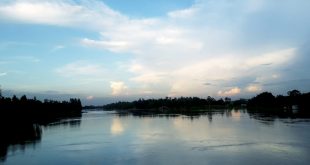Geographical Positioning System
■ Actual positioning of individual points on earths surface identified by geometrical system of latitudes & longitudes.
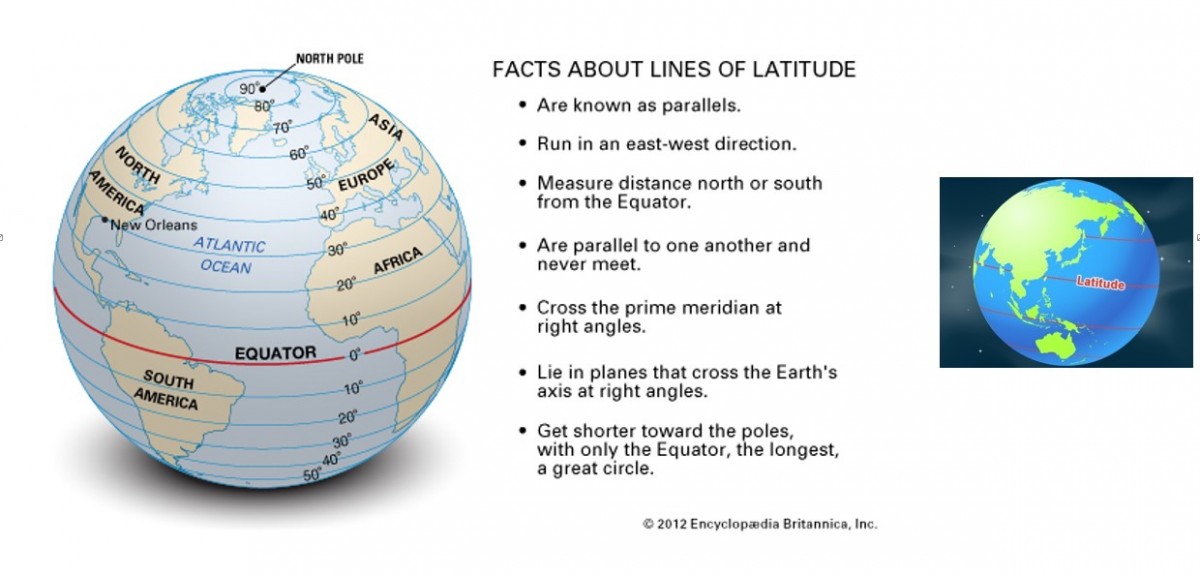
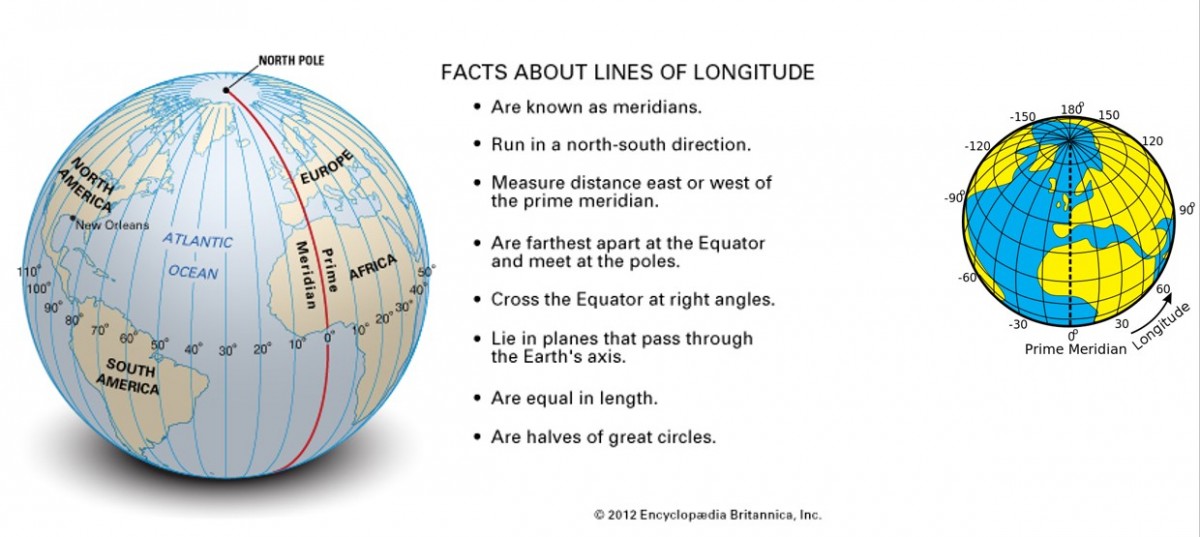
■”Altitude” –vertical elevation of an object above sea level (expressed in meter).
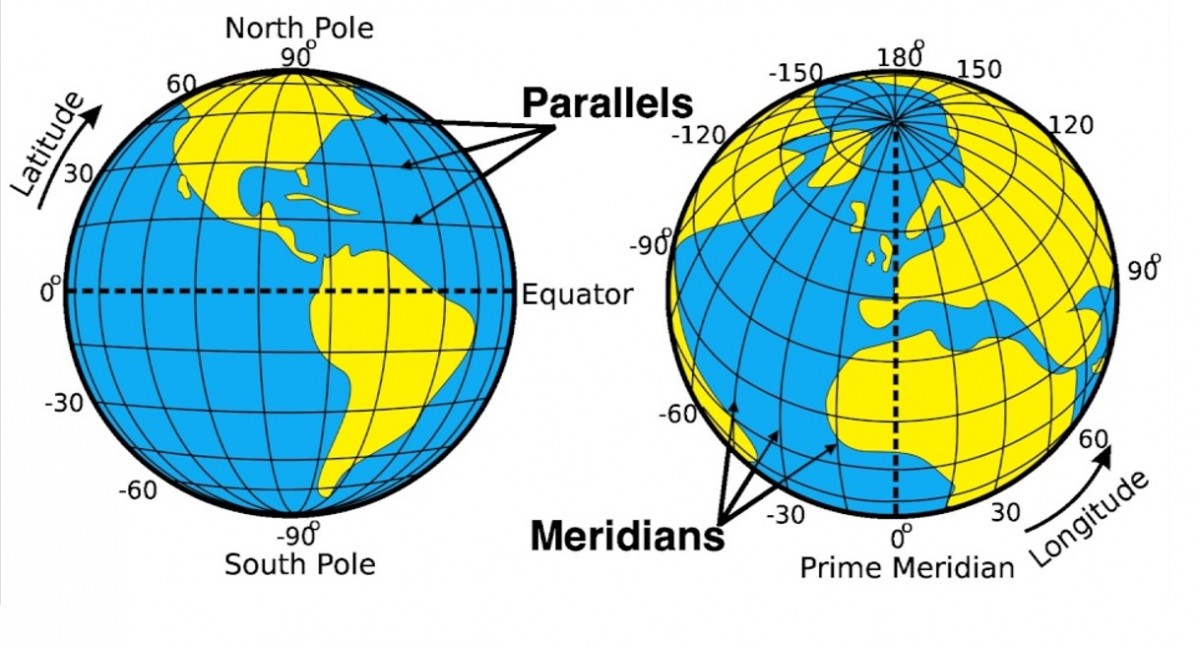
Latitude And Longitude
Accurate Positioning of individual points on the Earth’s surface is made possible by reference to the geometrical system of Latitude and Longitude. Latitude parallels are drawn west-east around the Earth and numbered by degree east and west of the prime meridian, 0 Degree of longitude, which passes through Greenwich in England. By referring to these co-ordinates and their subdivisions of minutes (1/60th of a degree) and seconds (1/60th of a minute), any place on earth can be located within a few hundreds yards. Latitude and Longitude are indicated by blue lines on the maps; they are straight or curved according to the projection employed. Reference to these lines is the easiest way of determining the relative positions of places on different maps, and for plotting compass directions.
Best safe and secure cloud storage with password protection
Get Envato Elements, Prime Video, Hotstar and Netflix For Free
Best Money Earning Website 100$ Day
#1 Top ranking article submission website
Seasonal Cycles
■ Day & Night – Sun rises in East- reach its highest at Noon, sets in West, followed by Night (24 h cycle).
■ Happens because of Earth’s rotation from West to East.
■ Seasons occur because Earth’s axis is tilted at an angle ~ 23½°.
■ Cause distinct seasons Summer, Autumn, Winter & Spring.
Day And Night
The Sun appears to rise in the east, reach its highest point at noon, and then set in the west, to be followed by night. In reality it’s not the Sun that is moving but the Earth rotating from west to east. The moment when the Sun’s upper limb first appears above the horizon is termed sunrise; the moment when the Sun’s upper limb disappears below the horizon is sunset.
At the summer solstice in the northern hemisphere (21 June), the Arctic has total daylight and the Antarctic total darkness. The opposite occurs at the winter solstice (21 or 22 December). At the Equator, the length of the day and the night are almost equal all year.

The Seasons
Seasons occur because the Earth axis is tilted at an angle of approximately 23(1/2)Degree. When the northern hemisphere is tilted to a maximum extent towards the Sun, on June 21, the Sun is overhead at the Tropic of Cancer. This is midsummer, or the summer solstice, in the northern hemisphere.
On 22 or 23 September, the Sun is overhead at the Equator, and day and night equal length throughout the World. This is the autumnal equinox in the northern hemisphere.
On 21 or 22 December, the Sun is overhead at the tropic of Capricorn, the winter solstice in the northern hemisphere. The overhead sun that tracks north until on 21 March it is overhead at the Equator. This is the spring (vernal) equinox in the northern hemisphere.
In the southern hemisphere, the seasons are the reverse of those in the north.
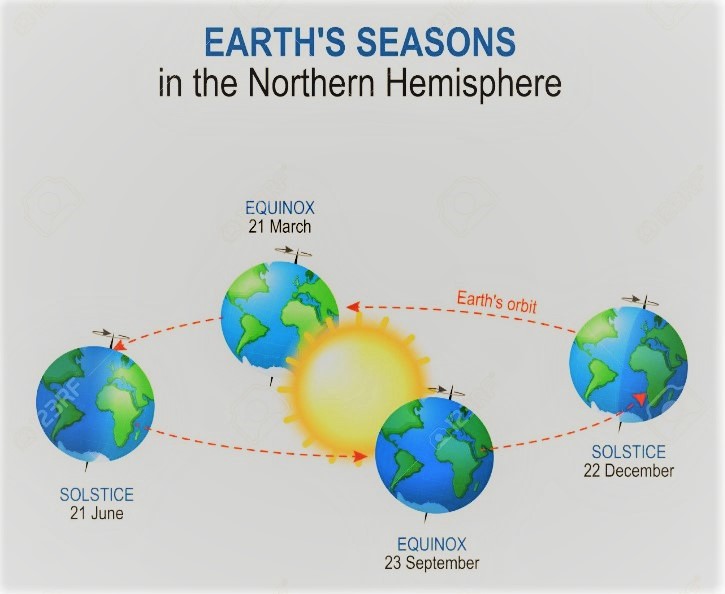
 Plantlet The Blogging Platform of Department of Botany, University of Dhaka
Plantlet The Blogging Platform of Department of Botany, University of Dhaka





